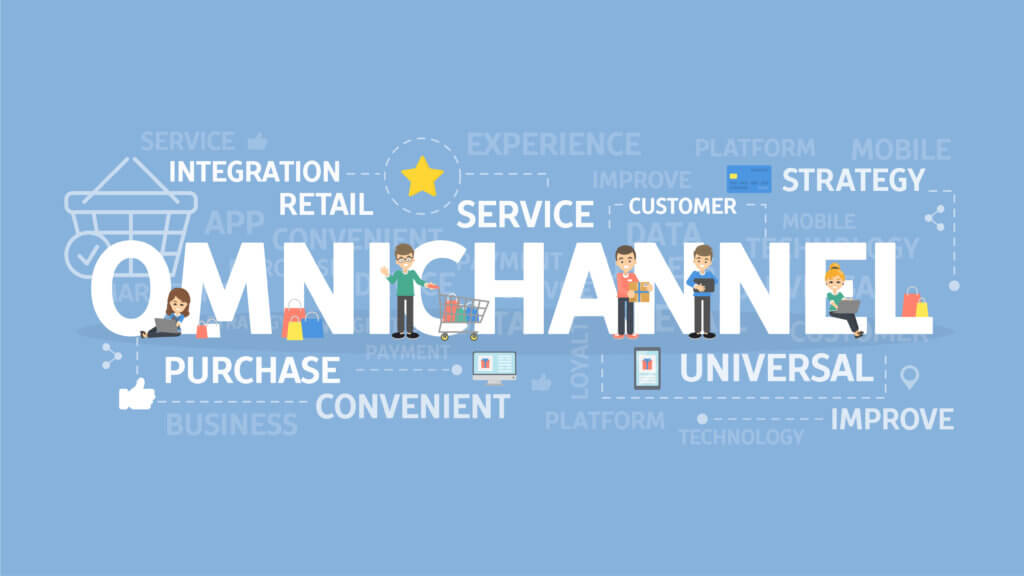Key to Success in Omni-Channel Migration: Part 1 – Driving Strategic Executive Alignment
Migrations to an omni-channel platform – generally one of many parts of a broader Customer Experience (CX) transformation – are significant and challenging initiatives. While most companies have begun to enable many channels for customer interactions, few have fully transitioned to a unified platform, and even fewer have done any part of this easily. However, if successfully executed, these initiatives can be extremely beneficial. Omni-channel platforms:
- allow for the retirement of disparate channel solutions
- consolidate channels into an integrated platform on a shared data model
- reduce management and support costs
- allow customers to seamlessly transition from one channel to another and engage with a company on terms of their preference
But migration projects are no small task.

There are two early-stage priorities that require time and attention in order to ensure a successful omni-channel migration: strategic executive alignment and tactical foundational preparation. These two activities should progress in parallel to each other in advance of actual implementation efforts.
In this post, we will focus on strategic executive alignment, which is essential for any significant initiative and no different for omni-channel migrations. Here are a series of topics that should be addressed as early as possible when beginning an omni-channel implementation:
1. Strategy Definition
What is the company’s vision and mission that customer experience designs need to align with? Establishing objectives for teams to model is key. This strategic work starts with describing the interactions you want your customers to have with your organization; not just the capabilities, thoughts and emotions your customers have about these interactions, but also the roadmap for channels that you want to enable.
An essential topic for organizations to examine is the level of automation or self-service to build. Many companies still want a very high touch, human-to-human experience, while others are rapidly embracing the more modern, fully digital and automated design approaches. These discussions set the stage for critical decisions regarding how marketing campaigns and digital channels (web, mobile, social, etc.) will be integrated with the more traditional voice, chat, and email channels that these platforms natively provide. These decisions also impact how organizations will manage campaigns, customer touchpoint preferences and interaction compliance adherence.
Other strategic technical decisions that should be considered up front include companies’ preferences related to premise or cloud-based solutions, target users for the platform (e.g., customer facing and traditional corporate associates) as well and the enterprise device strategy (will the platform support legacy physical phones or is the enterprise moving to softphones, what is the preference related to the use of mobile device solutions?).
2. Operational Model / Change Management
Establishing how this strategic initiative will be managed is also a critical step to work through early. Unless an organization has a well-established, cross-functional model that ensures that these types of initiatives effectively align executive strategy, disparate business unit objectives, CX design, technical design, and vendor management, companies should establish steering committees and assign highly qualified initiative leadership resources to organize this complex transition and to successfully manage the significant change involved.
3. Journey Maps/Service Blueprints
To the CX design point mentioned above, documentation of journey maps and/or service blueprints alone can be an extremely important foundational piece of an effective implementation. Regardless of whether the migration is a “like for similar” or a transformational approach, current state maps or blueprints are critical to have in place. In the case of the former, these designs must be well documented at a detailed level to serve as requirements for the new platform. For the latter, without understanding current performance metrics and prioritized areas of opportunity, implementation efforts can result in unfulfilled expectations (e.g., poor CX designs and marginal returns on investment).
For those who are unaware, a “like for similar” approach refers to the functionality delivered. On one end of the spectrum, companies can bite off a smaller effort by simply replicating the functionality they have on their current platform with the new platform. But when going through a change like this, those functional capabilities are often perceived as significant differences by the users given the vast differences between platforms. Alternatively, companies can take a more transformational approach and tap into the vast, expanded capabilities that market leading platforms offer…but that requires a lot more effort, strategy, vision and change management.
4. Vendor Evaluation and Selection
With a solid strategic design, coupled with clear business and technical requirements, a well-structured RFP can be relatively easy to write and include a clear evaluation and scoring models. Market dynamics and vendor capabilities are evolving quickly and getting through this process efficiently yet comprehensively is a significant effort. Vendor negotiation and contractual agreements can easily become quarters-long processes that can be expedited if planned up front. This process becomes more complex when considering not only platform vendors but also implementation and ongoing support providers. All of these efforts must be done in conjunction with a strong financial model that tracks the current, disparate vendor platforms to be retired, the costs not only for the omni-channel platform but also the requisite integration solutions and the impact (benefits) to the operational model (reduced handle times, interaction automation, improved CX, etc.).
Cimphoni consultants have led numerous CX omni-channel migrations for companies in a variety of industries, including working with the executive teams on the aspects of strategic alignment described above. If you’re embarking on an omni-channel initiative, please call us at 888-470-0448 or send us an email at info@cimphoni.com.
You can learn about the tactical foundation preparation in our blog post, “Key to Success in Omni-Channel Migration: Part 2 – Preparing the Tactical Foundation for an Omni-Channel Migration.” Please also read our latest white paper, “Is Your Customer Experience as Healthy as You Think it is?” to gain a more comprehensive perspective on building a stronger omni-channel customer experience.

